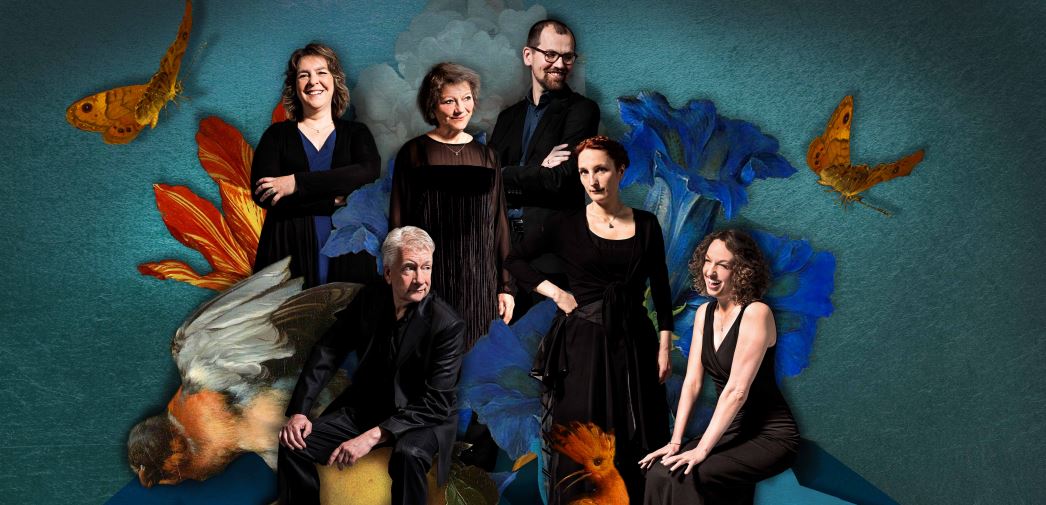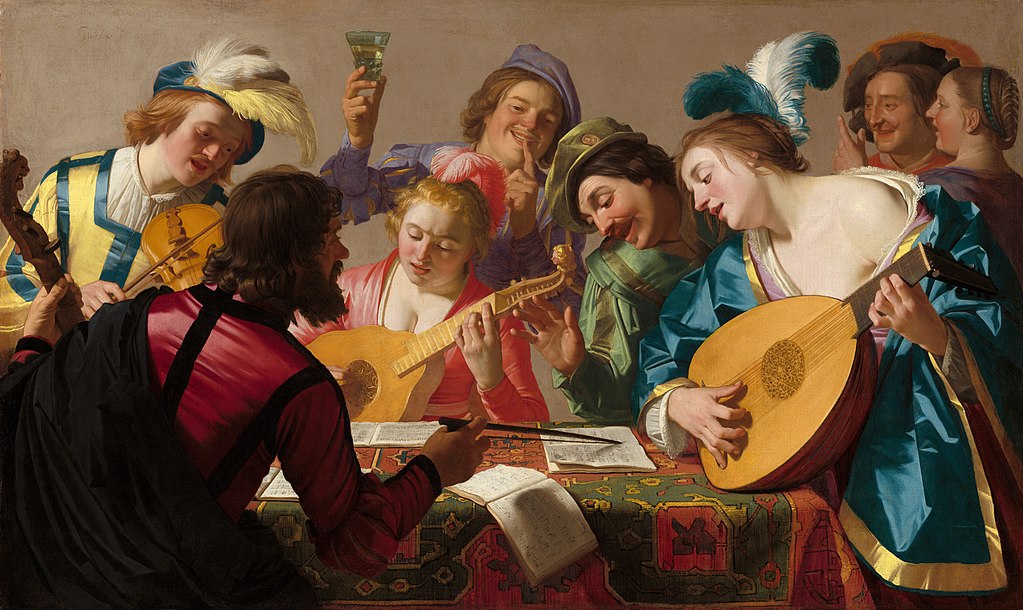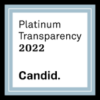What was the original ‘Jersey Sound’? Maybe it was like this group
Jersey doesn’t change. And neither do its pastimes.
What could be more Jersey — whether the year is 2023, 1973, or 1723 — than going out to hear a bar band?
“The music was bouncing off the walls,” said Ina Lee Selden, vice president of the The New Amsterdam History Center.
“You’d hear it in the street,” she said. “If you were living next to one of these places, you would hear it in your home.”

The music in question boomed out of the innumerable taverns that were a feature of 17th and 18th century Dutch colonial life — not just in Manhattan’s Dutch enclave, but all along the Hudson Valley, up to Connecticut and Albany, and not least, in North Jersey. Long before Springsteen, before The Four Seasons, before Sarah Vaughan, that was The Jersey Sound.
“The pubs were a huge feature along the settlements,” Selden said. “The legend was that there was one pub for every three people.”
You can sample some of this raffish stuff, and much else besides, when The New Amsterdam History Center hosts a special evening of music at 6:30 p.m. Wed. Oct 11 at the JP Morgan Library and Museum. Camerata Trajectina, a prominent Dutch early music ensemble, is visiting the former colonies to give a rousing concert of 17th and 18th century Dutch music. Not just the rowdy tavern songs for the common folk, but also the refined chamber music for the salons of the well-to-do.

“The formal music sounds like classical music,” Selden said. “The folk music is happy and gay. It’s meant for people to have fun and dance to.”
Nico van der Meel (tenor), Wendy Roobol (soprano), Saskia Coolen (recorder), Cassandra Luckhardt (viola da gamba) and Arjen Verhage (lute) will supply the tunes; noted historian Dr. Jaap Jacobs will supply the cultural, historical and political context.
Dutch roots
Most of us know — or ought to — that the Dutch, not the English, were the original settlers of the “middle colonies” (original, of course, if you don’t count the Lenape, who were here before anybody). Most notably, the Dutch settled in North Jersey, in the Hudson Valley, and in the city that was called “Nieuw Amsterdam,” before the English rudely decided, in 1664, to rename it New York.
Yet the Dutch, who were world-famous in this era for painting, porcelain-making, and other arts, didn’t seem to leave a comparable musical footprint. Anthoni van Noordt, Jan Pieterszoon Sweelinck, and Johannes Verhulst may be great composers, but no one — that we know of — has their bust on a piano. “These are not household names,” Selden said.
“There are all sorts of books that describe the raucousness and fun in the taverns,” Selden said. When Peter Stuyvesant became Dutch director-general of the colony of New Netherland, one of the first things he tried to do is close the pubs on Sunday. “Not a popular thing to do,” she said.
Jamming in the parlor
The common throng had their tavern songs. The merchants and burghers in their stately homes had a more refined sort of music. But they, too, loved to party. You can see that in the genre paintings by Jan Steen, Gerrit van Honthorst, and others.

“The Dutch were famous as partygoers,” Selden said. “You see it in the paintings. You see people in a country setting, dancing.”
Why is so much of this musical legacy unfamiliar now?
Possibly, Selden said, the Dutch musicians didn’t spread it around much. Back then, traveling was no cinch. “There was no idea of hopping on a horse and playing your music in Germany,” she said. “That didn’t happen.”
Springsteen, in Dutch, means “jumping stone.” (Bruce’s Dad was Dutch, his mother Italian).
Perhaps The Boss — to use his Dutch nickname — has been channeling some of the rowdy bar gigs of his ancestors.
“That music got around,” Selden said. “Everybody played it in pubs.”
Go…
Camerata Trajectina, 6:30 p.m. Oct. 11 at The Morgan Library & Museum, Gilder Lehrman Hall, 225 Madison Avenue at 36th Street, New York. $35 general admission. (212) 685-0008 ext. 560 or tickets@themorgan.org




